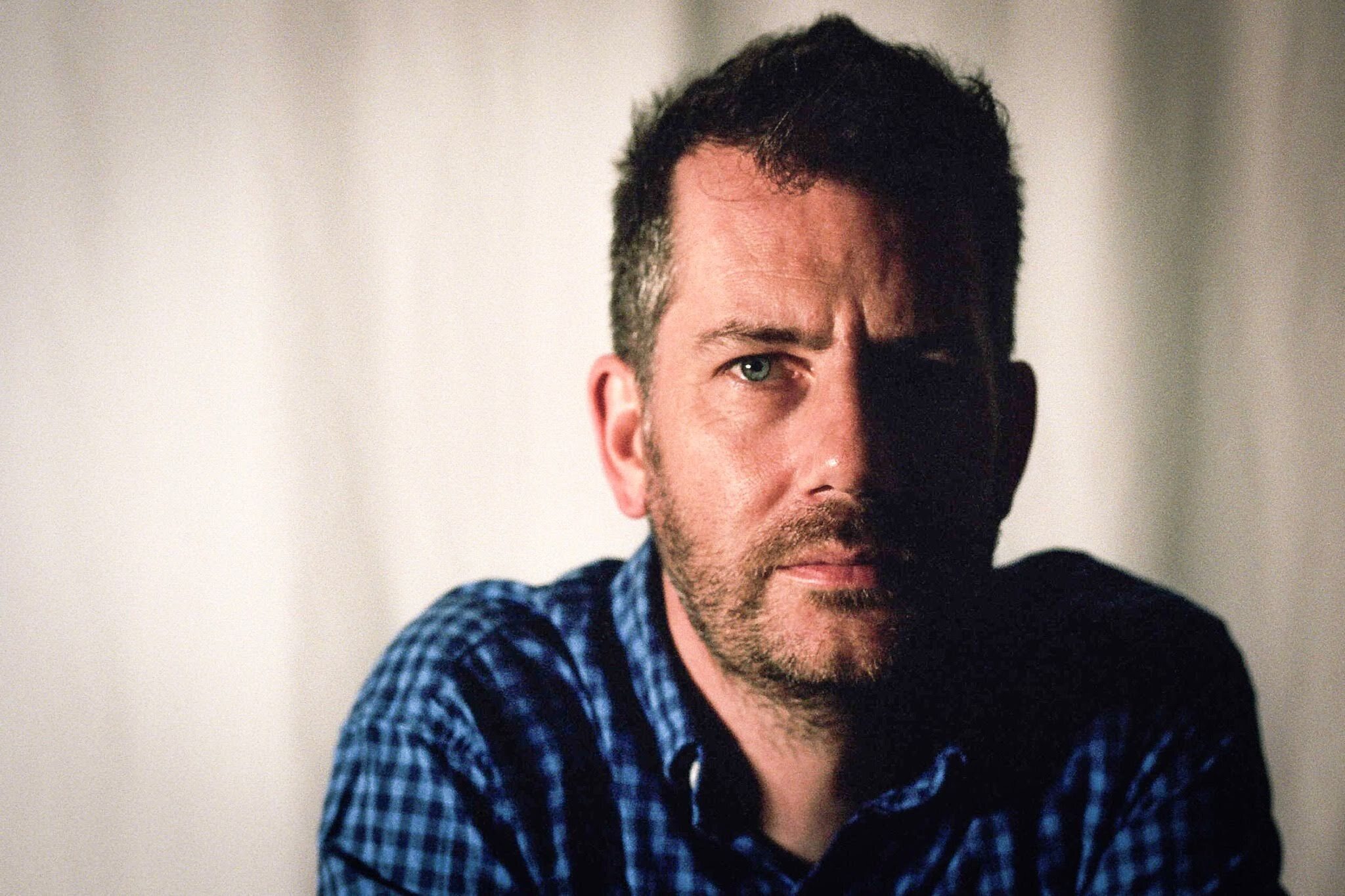Press Release
‘Radar Fanatic’ Status Lands APL’s Smith Role as Journal Editor
When Graeme Smith, senior radar expert at the Johns Hopkins Applied Physics Laboratory (APL) in Laurel, Maryland, learned two of his contacts had recommended him to be an associate editor at IEEE Transactions on Aerospace and Electronic Systems (TAES), he was both flattered and excited that senior academics in the radar community had thought of him for the opportunity.
As an associate editor, Smith is responsible for reviewing submissions, identifying peer reviewers and ensuring the review process is complete. He decides whether to accept a submission to the journal based on feedback from reviewers and performs his own technical reviews in key cases. His tenure as an editor began in March of this year.
Before joining APL in October 2019, Smith was a research professor at Ohio State University. His specialty is cognitive radar, which explores improving radar systems by taking lessons from neuropsychology and requires knowledge of all aspects of a radar system. TAES has seen an uptick in submissions with a holistic view of radar, so Smith hopes his background will be beneficial as he shepherds submissions through the review process.
Smith was generally aware of APL before coming to work at the Lab, and when he realized it was time for a change, his academic network was helpful. “One of my doctoral students came to APL,” Smith explained. “I was able to call him and say, ‘How did APL work out? Because that seems like the kind of place I might be interested in.’” They now occupy offices just a few doors apart.
Smith appreciates how the Lab bridges academia and industry, which lets him focus on the science while program managers think about the funding. “I’m like a radar fanatic,” Smith said. “To get to this point…you have to ridiculously fall in love with your subject matter.”
He intends to bring this passion to his editorial duties to help bolster ideas that can advance the field. “It’s really important to do the peer review, and to get it correct; but at the same time, it’s only four people looking at the work. So, you don’t want to just say, ‘Hmm, seems unconventional, no,’” he added.
“It’s a feather in Graeme’s cap to be asked to do this. It says a lot about the caliber of his expertise and his reputation in the technical community,” said Jeffrey Tober, managing executive of APL’s Air and Missile Defense Sector. When staff members like Smith embrace these opportunities, it supports the sector’s strategic goal of strengthening engagement with the science and technology ecosystem, Tober said, adding that he hopes Smith’s appointment will inspire others at APL to achieve similar standing in the community.
“Bringing on folks like Graeme is part of our strategic hiring approach, where we identify critical competencies we need to further our strategic vectors and look to hire world-class talent in these areas,” he said. “It’s a very competitive hiring market out there, and Graeme’s standing in the field will attract other competitive candidates.”
Patrick Stadter, who manages APL’s Advanced Concepts and Warfighter Engagement Program Area, agrees that the appointment is a true reflection of Smith’s talent and reputation. “Graeme is an exemplar for what we’re trying to do and the opportunities we’re trying to provide,” said Stadter, who looks at strategic hiring from a science and technology perspective.
Because of his academic background, Smith is passionate about sharing knowledge and inspiring others. Serving as an associate editor allows him to contribute to the field and advocate for APL. He has maintained many of his contacts in academia and said he wants to foster additional connections between them and the Lab.
“I’m very interested in the spreading of knowledge,” he said. “I believe if you share, you inspire other people to work and then those people do more innovation, and that’s how we move forward.”
